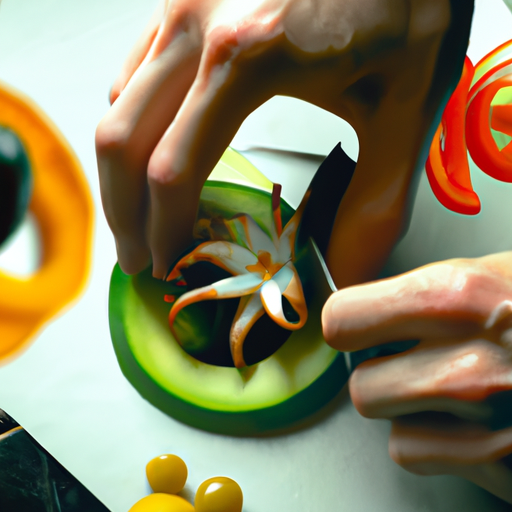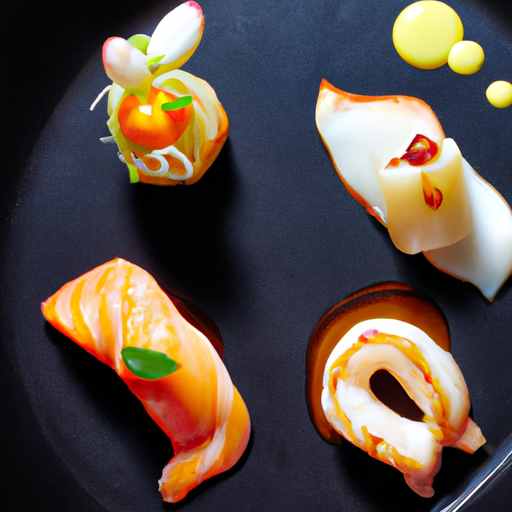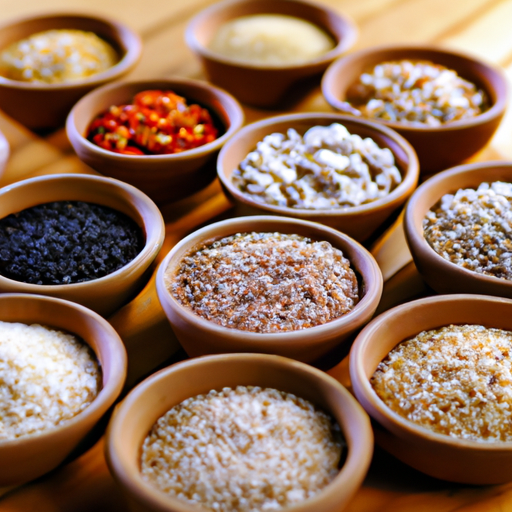Journey into the evolving world of Japanese fusion cuisine where centuries-old techniques blend with contemporary creativity. Leading chefs are reimagining classic dishes with unexpected global influences and modern presentations. Experience how traditional Japanese cooking principles are being transformed for modern palates.

Japanese fusion cuisine represents one of the most exciting developments in modern gastronomy, where traditional Japanese cooking techniques and ingredients meet contemporary culinary innovation. This evolution has created a new culinary language that respects centuries-old traditions while embracing global influences and modern techniques.
The Foundation of Japanese Cuisine
To understand Japanese fusion, one must first appreciate the fundamental principles of traditional Japanese cooking. These include the emphasis on seasonal ingredients (shun), the importance of umami, the concept of balanced flavors, and the artistic presentation of food. These principles continue to guide modern fusion interpretations.
Traditional techniques like dashi-making, knife skills (especially in relation to sashimi), and the precise cooking of rice remain crucial. However, chefs are now applying these techniques to non-traditional ingredients and combining them with methods from other culinary traditions.
Modern Interpretations
Contemporary Japanese fusion often starts with familiar dishes like sushi, ramen, or tempura, but transforms them through unexpected ingredients or presentations. For example, sushi rolls might incorporate Mediterranean ingredients, or ramen might feature European-style broths while maintaining Japanese techniques and aesthetic principles.
Chefs are exploring new ways to present traditional flavors. Molecular gastronomy techniques are being applied to Japanese ingredients, creating innovative textures and presentations while maintaining authentic flavors. This might include dishes like miso foam, soy gel, or wasabi spherification.
Global Influences
The influence of global cuisine on Japanese fusion is significant. Latin American flavors, particularly from Peru and Brazil, have created exciting new combinations. European techniques are being integrated with Japanese ingredients, while Southeast Asian spices are finding their way into traditional Japanese dishes.
Ingredient Innovation
Modern Japanese fusion embraces both traditional and non-traditional ingredients. While maintaining respect for classic Japanese ingredients like kombu, bonito, and various seaweeds, chefs are incorporating international ingredients that complement these flavors. Local, seasonal ingredients from various regions are being prepared using Japanese techniques.
Technology and Tradition
Advanced cooking equipment and techniques are being integrated into Japanese fusion cuisine. Sous-vide cooking, for instance, allows for precise temperature control in cooking traditional Japanese ingredients. However, these modern methods are always balanced with traditional techniques to maintain authenticity.
Plating and Presentation
The Japanese principle of beautiful presentation remains central to fusion cuisine. Modern plating techniques combine traditional Japanese aesthetic principles with contemporary artistic expressions. This might include the use of negative space, asymmetrical balance, and natural elements in new ways.
Sustainability Considerations
Modern Japanese fusion often incorporates sustainable practices, reflecting both traditional Japanese values and contemporary environmental concerns. This includes using local ingredients, practicing nose-to-tail cooking, and minimizing food waste through creative use of ingredients.
Drink Pairings
Beverage programs in Japanese fusion restaurants are evolving to include both traditional and modern options. While sake and Japanese whiskey remain important, cocktails incorporating Japanese ingredients and wine pairings are becoming more sophisticated and intentional.
Challenges and Solutions
Maintaining authenticity while innovating presents challenges. Successful fusion requires deep understanding of both traditional Japanese cuisine and the culinary traditions being incorporated. Chefs must balance innovation with respect for traditional techniques and flavors.
The Role of Training
Modern Japanese fusion chefs often combine classical Japanese training with experience in other culinary traditions. This dual background allows them to understand how to successfully blend different culinary approaches while maintaining the integrity of each tradition.
Future Directions
Japanese fusion continues to evolve, with new interpretations emerging regularly. Plant-based versions of traditional dishes, integration of fermentation techniques, and exploration of regional Japanese cuisines are all contributing to this evolution.
Impact on Global Cuisine
The principles of Japanese fusion are influencing culinary trends worldwide. The emphasis on quality ingredients, precise technique, and balanced flavors has become a model for other fusion cuisines.
Conclusion
Modern Japanese fusion represents a dynamic and evolving culinary art form that successfully bridges traditional and contemporary approaches to cooking. By maintaining respect for fundamental Japanese principles while embracing innovation, this cuisine continues to create exciting new possibilities in global gastronomy.



